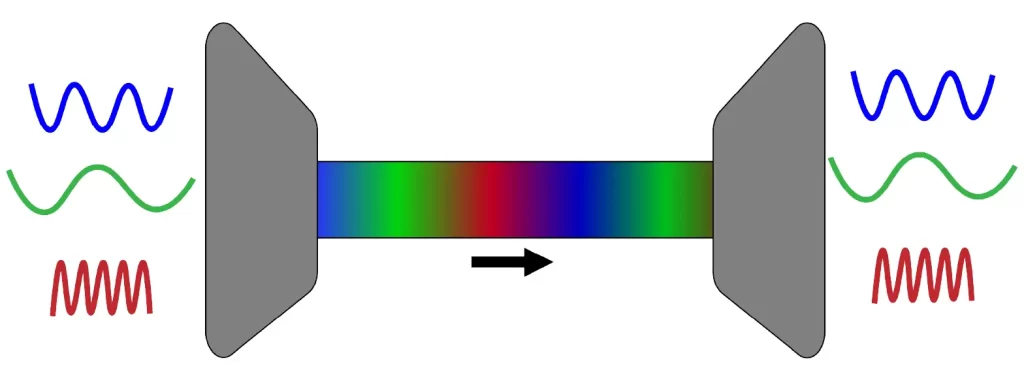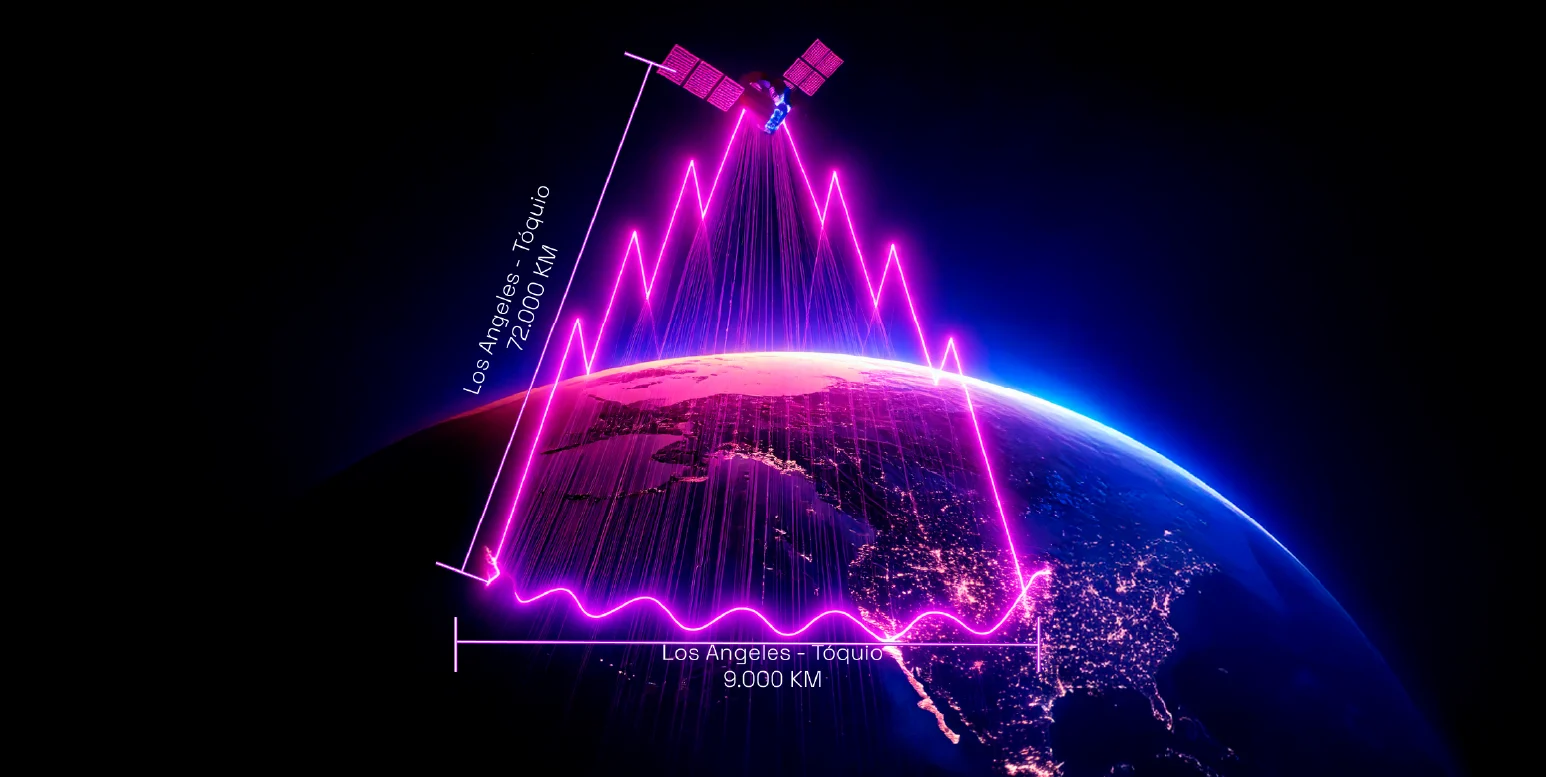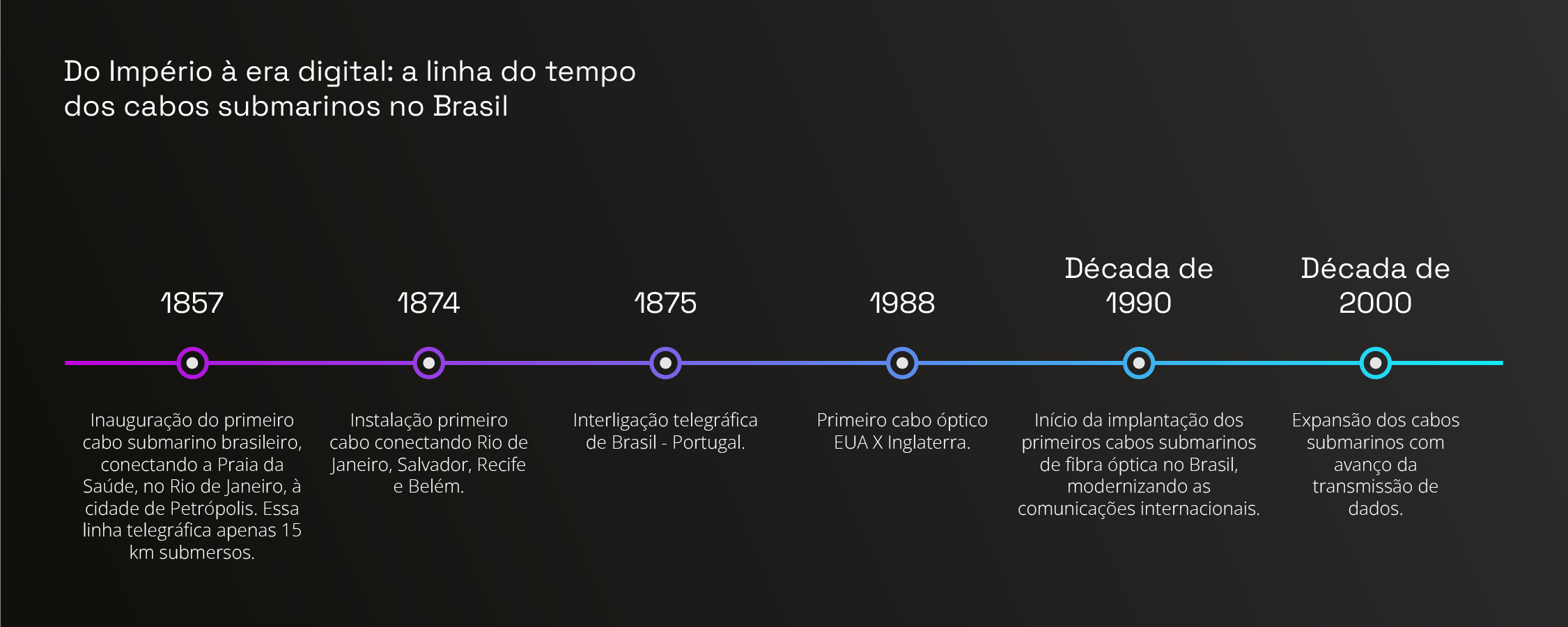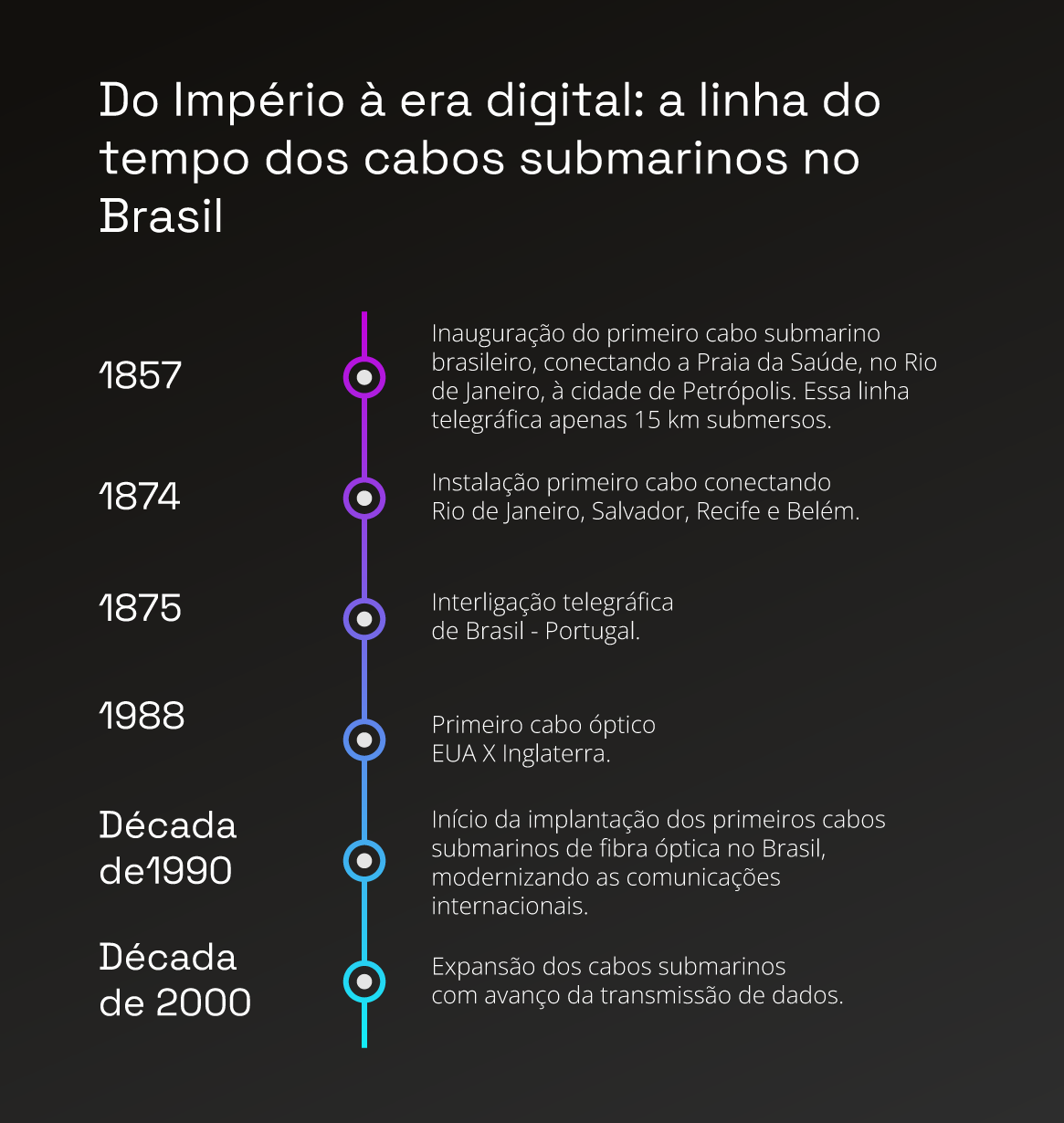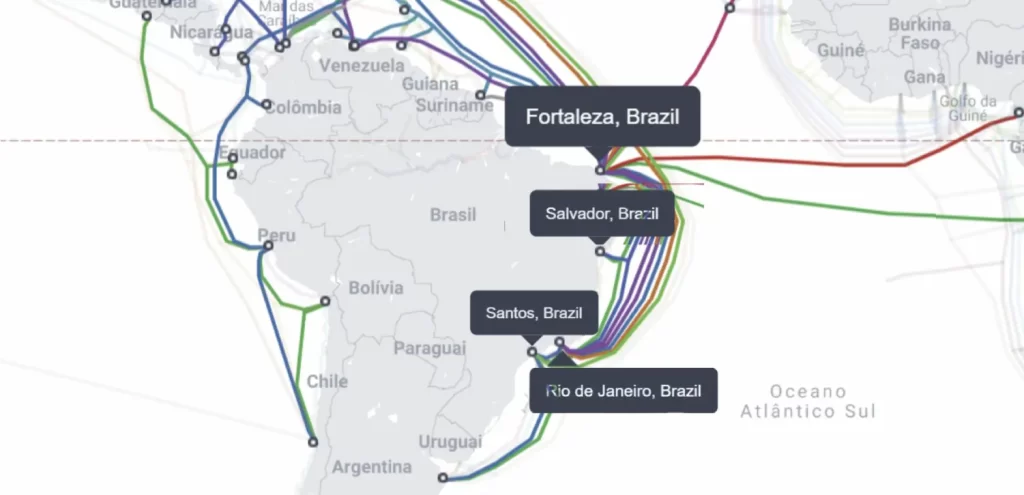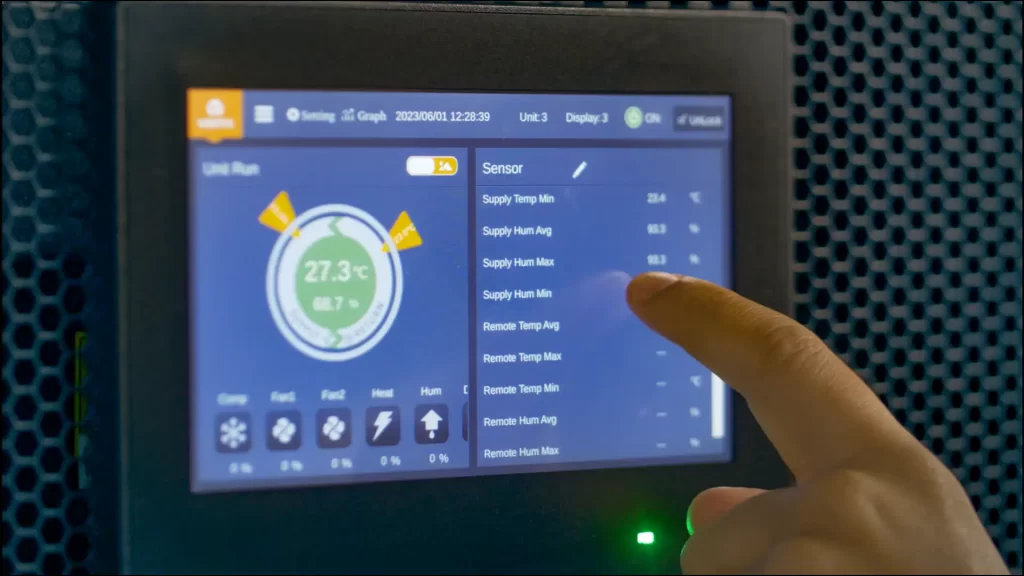Submarine Cables and Why We Depend on Them
Submarine cables are connections that run across the ocean floor between network stations used to transmit communication signals. Because of their massive presence, the internet simply isn’t possible without them. Today, thousands of kilometers of cable cross oceans and multiple land-based network hubs, connecting regions and even entire continents.
These cables are built with a strong, highly protected structure. They’re optical fibers coated with silicone gel and multiple layers of plastic, and they also contain steel wiring, copper, and nylon to shield both the signal and the cable from damage caused by fishing, anchors and other human activities, wildlife, weather, and natural events.
Information travels from one end of these cables to the other through light pulses generated by lasers at extremely high speeds, moving through glass fibers wrapped in many other materials. All these wires and components are extremely thin, allowing the cable’s total thickness to be close to the circumference of a typical garden hose.
The most modern cables operate using wavelength-division multiplexing (WDM). This process involves different wave frequencies “stacking together” along the way and, once they reach the end of the cable, being separated and routed to their respective destinations. This allows multiple streams of information to be transmitted through the same medium at the same time, without interfering with one another.
The installation is carried out by specialized vessels. Professionals map out the desired route and begin deployment. These ships carry giant spools, which can take weeks to wind properly before the journey even starts. Along the route, the spools are slowly unwound and the cable is placed in its designated position on the ocean floor. As the cables approach the coastline, it’s common for them to be buried in trenches created by underwater plows to provide extra protection against damage.
The first submarine cable was installed in 1858 and became known as the “Transatlantic Telegraph Cable.” It enabled telegraphic message exchange between Europe and North America and marked the beginning of a revolution in international communications, as it made fast, long-distance communication between continents possible through coded messages.
